History and development of the internal climate: Where did it all start?
Since humans began living in shelters, controlling the internal climate has been a fundamental need. The history of this control is not a simple, linear progression but a complex evolution of techniques and technologies. Initially, this was done through passive means, such as seeking out cool caves in the summer. The mastery of fire marked a pivotal moment, providing active heating that allowed our ancestors to regulate the temperature in their homes, survive harsh winters, and make previously indigestible foods edible. [1]
This single invention changed how early humans lived—providing warmth, light, and the ability to cook. It allowed them to embrace comfort and focus on other aspects of their lives. Arguably, it is at this point, with the ability to actively manipulate one’s environment, that a cornerstone for the history of science was laid.
Evolution from fire to FlexRICAN
From the first flickers of fire to today’s advanced climate technologies, the human journey has always been shaped by the need to regulate our internal environments. FlexRICAN builds on this legacy by exploring how modern Research Infrastructures (RIs) can adapt and evolve to meet the challenges of energy efficiency and climate resilience. Just as the mastery of fire enabled early humans to thrive, FlexRICAN supports the development of intelligent energy systems that empower research facilities to operate more sustainably, contributing to both Innovation and the environment.
ELI’s biggest energy demand – Ultra-clean, precisely controlled environment
FlexRICAN includes three major RIs in its consortium, including ESS, ELI and EMFL. Like many other large-scale RIs in Europe, these three are rather energy-intensive actors in Europe’s electricity grid – yet each has its specific energy demands.
For instance, although it may sound surprising, managing the internal climate is crucial for the operation of ELI ERIC. To ensure that all the experiments are conducted in uncompromised environments, ELI staff manage temperature, humidity, air cleanliness and energy efficiency inside the infrastructure. These requirements are as important as the scientific experiments themselves and require immense levels of energy.

Understanding the significance of such demands, this article reviews the evolution of indoor climate management, with an emphasis on how modern intelligent systems – particularly those being developed in the FlexRICAN project – are changing the face of sustainability, resilience and performance of research infrastructures across Europe.
From ancient hearths to AI-driven climate systems: a brief historical overview
Ensuring a comfortable indoor climate is commonplace today, but its development has been long and full of innovation. The early historical stage has brought new knowledge and technologies that have led to improvements in the quality of the indoor environment. [2]
Since prehistoric times, people have been figuring out how to keep themselves warm and protected – from caves to thick stone walls to the hypocausts of ancient Rome. In the Middle Ages, fireplaces, chimneys and the first insulation techniques (straw, moss) improved comfort. Renaissance and Baroque buildings brought tiled stoves, better building materials and the first ventilation systems in large halls.
The Industrial Revolution was a leap forward: steam heating and cast-iron radiators. Historically, cooling was achieved passively through shade, caves or ice bunker. With the development of air conditioning in the 20th century, active climate control became possible. In the modern era, automation, energy regulation and an emphasis on ecology were added – and so began the story of the modern intelligent systems we know today. [3]
Specific requirements of RIs and the role of FlexRICAN
In a scientific organisation such as ELI ERIC, time has a very special value – it is often virtually priceless. Each experiment is the result of many weeks or months of preparation, careful setting of conditions and interdisciplinary collaboration. Even a small fluctuation in temperature, on the order of only ±0.25 to 0.5 °C, or a change in relative humidity can upset the equilibrium of the experimental environment. This can affect the behaviour of the laser beams, the properties of the materials or the accuracy of the measurements. If the experiment is unexpectedly interrupted, this can mean going back weeks, or in extreme cases, completely invalidating the results and having to start from scratch.
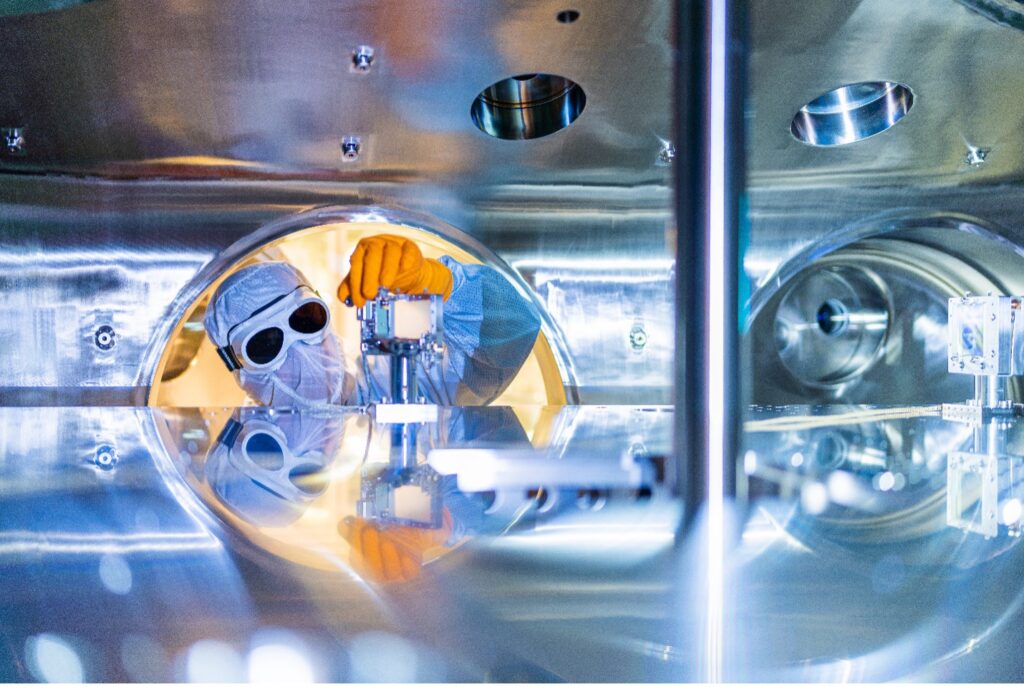
This is why the stability of the internal climate is one of the key factors in maintaining the integrity of scientific work. Modern environmental management systems are not a mere convenience, but a strategic research support that ensures continuity, saves time and resources, and helps to maximise the return on investment in science. The EU-funded FlexRICAN project addresses these challenges head-on, developing flexible and smart systems that provide a more sustainable approach to energy management and subsequently, ideal indoor conditions while maximising energy efficiency and sustainability. FlexRICAN tackles the challenges associated with multi-approach solutions, as outlined in the following sections.
Digital twins
ELI ERIC is currently developing an advanced system of virtual environment models—so-called digital twins. This system will enable intelligent control of the indoor climate to optimise energy consumption, ensure operational stability, and safeguard sensitive experimental environments. The modelling approach combines Gaussian processes for predictive interpolation, Monte Carlo methods for uncertainty evaluation, and machine learning to continuously enhance prediction accuracy. Looking ahead, the integration of quantum computing is envisaged, potentially accelerating simulations and enabling even more complex real-time control. [4]
A key component of the system will also link to both short- and long-term meteorological forecasts, allowing for improved responsiveness to external climatic conditions and more effective energy planning. Although still in the development phase, this concept marks a significant step toward smart, predictive climate management in research infrastructures.
Automatic indoor climate control
Sensors are the foundation of automated indoor climate control systems. They continuously monitor real-time conditions such as temperature, humidity, occupancy, and air quality, adjusting heating, cooling, and ventilation accordingly. These systems learn from daily usage patterns, factoring in occupancy levels, activity time zones, and outdoor weather to optimise energy consumption without compromising comfort. In the future, they will also be integrated with other building elements, such as roller shutters, heat recovery units, and energy storage, creating a truly coordinated and intelligent system. [5]
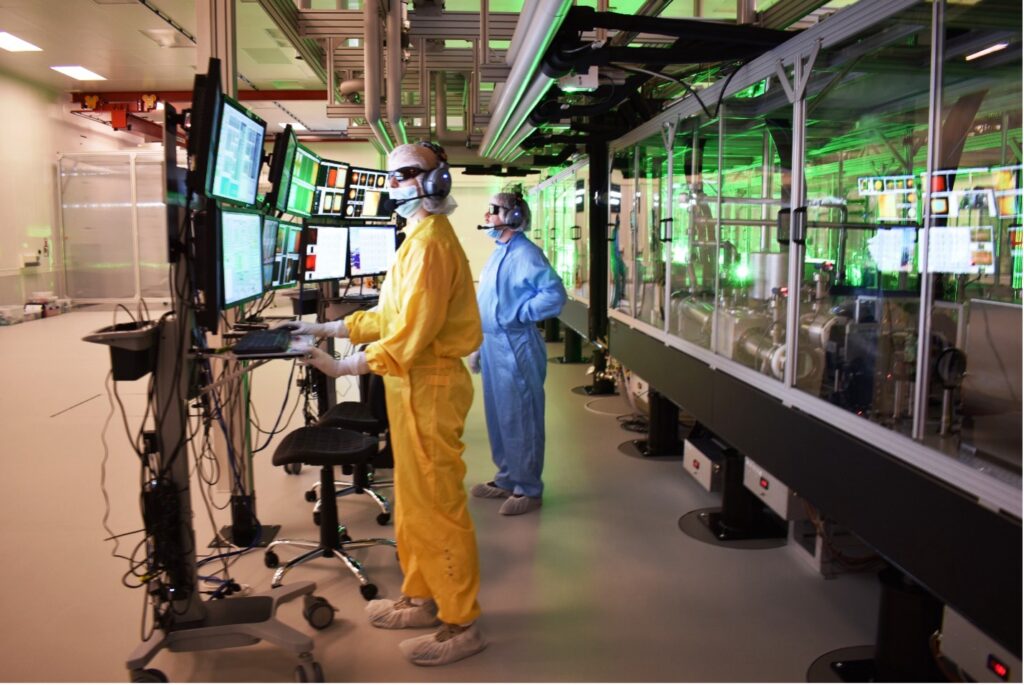
Connecting to renewable energy sources
FlexRICAN supports the integration of renewable energy sources into indoor climate systems, particularly through the use of heat pumps, solar panels, and waste heat recovery, such as in collaboration with ESS ERIC. Heat pumps enable the efficient use of ambient energy for both heating and cooling, while photovoltaic panels generate electricity on-site. Heat recovery systems capture and reuse thermal energy from waste air or industrial processes, significantly improving overall energy efficiency. Together, these technologies help lower greenhouse gas emissions, reduce operating costs, and enhance the energy self-sufficiency of research infrastructures—an essential step toward ensuring their long-term sustainability. [6]
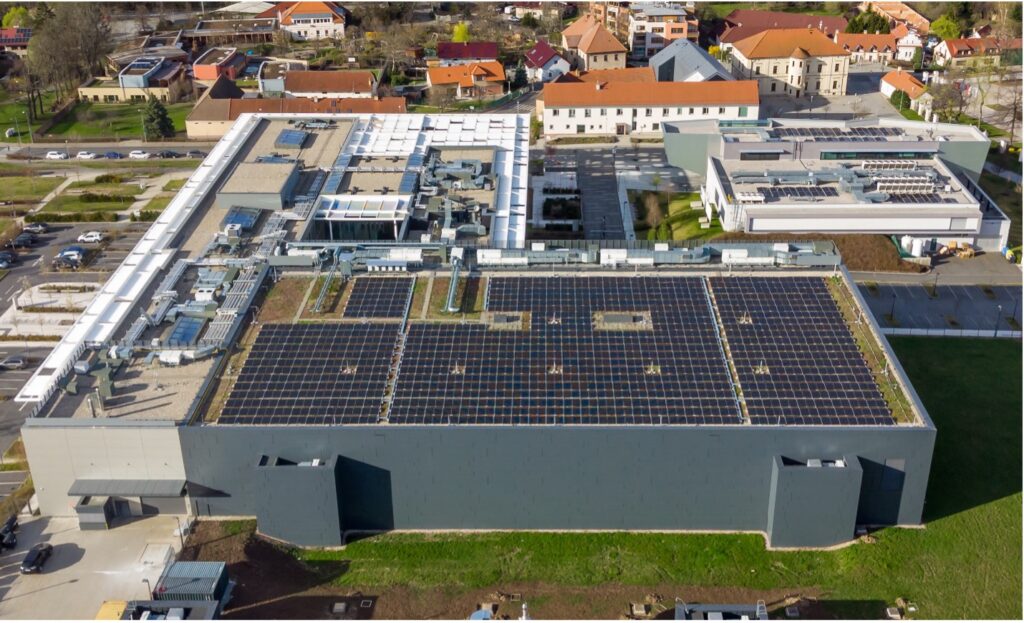
Air quality and safety
High-efficiency filtration (HEPA, ULPA) and UV-C disinfection technologies ensure a sterile environment, crucial not only for the accuracy and stability of experiments but also for safeguarding employee health. These systems effectively remove particles, allergens, bacteria, and viruses from the air. In addition, the proposed solutions offer protection against external factors such as electromagnetic radiation (EMF) and dust, which could interfere with research equipment. By integrating these advanced technologies, research infrastructures become more than just energy consumers—they evolve into smart, adaptive buildings that set the standard for the future. [7]
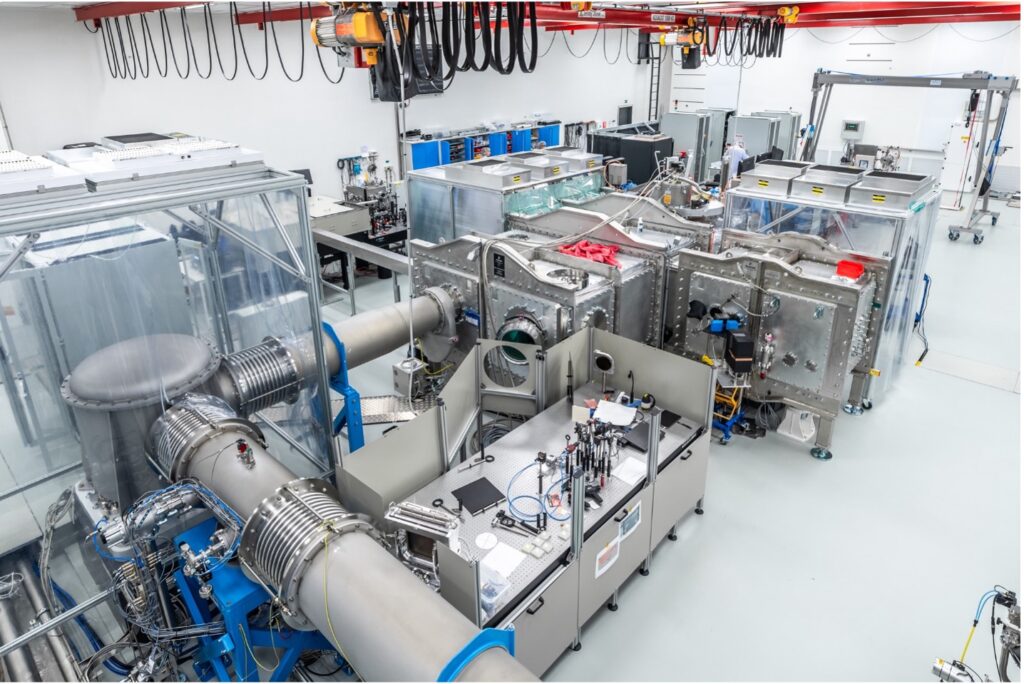
Why does the future of climate governance in RIs matter?
The innovations emerging from the FlexRICAN project mark a significant technological leap with implications that extend far beyond the RIs involved in the consortium. By combining artificial intelligence, automation, renewable energy, and advanced sensors, new systems are being developed to enable far more effective indoor climate management than ever before. These solutions not only reduce energy costs and operational emissions but also enhance operational stability and protect sensitive research environments.
The future of indoor climate control lies in personalisation and adaptability. AI-driven will learn and adapt to daily rhythms and operational patterns. Emerging materials, such as phase-change materials that store or release heat as needed, will play a growing role. In the medium to long term, the goal is to embed sustainability into every layer of RI operations. Buildings are evolving into intelligent, self-sufficient systems powered by hybrid energy sources—including solar, wind, and geothermal—supported by advanced battery storage.
All these innovations will be managed through digital twins that simulate, monitor, and optimise entire building operations in real time. Whether in laser labs, industrial halls, or office spaces, the result will be environments that are not only technically advanced and energy-efficient but also people- and nature-friendly. Indoor climate control will become a key driver of healthy, adaptive, and sustainable work environments, where environmental quality is no longer a luxury but a fundamental requirement for successful scientific progress.
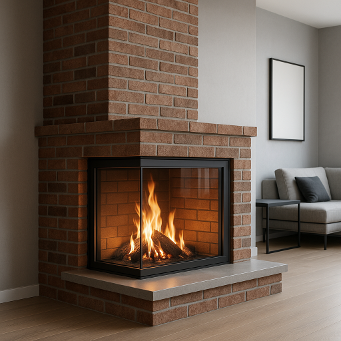
Summary
For RIs, the message is clear: the internal climate is no longer a technical detail – it is a strategic priority.
Indoor climate management has come a long way. ELI ERIC, through the FlexRICAN project, is showing how climate technology innovation can make a significant contribution to a more sustainable, efficient and high-quality research environment. The concept of the digital twin, which enables detailed simulation and prediction of the indoor environment in real time – whether it is a laser laboratory, an office or an energy-intensive technology complex – will play an increasingly important role. Investing in a smart indoor climate is thus not only a step towards greater efficiency but also towards the long-term resilience and environmental responsibility of scientific institutions.
While writing this piece, I, too, just like our ancestors, am sitting close to a fire, seeking warmth and comfort. It’s a pity that the fireplace accompanying this moment is merely a stream on the internet. Our modern, fully electrified apartment lacks a chimney, making it impossible to burn solid organic fuels without impacting the indoor microclimate—both ours and that of our neighbours. And yet, the sensation evokes that same primal feeling of peace, comfort, and security… the feeling of home.
This article was written by Jakub Urban from ELI ERIC, who contributes to Work Package 7 – Implementation of Flexibility & Carbon Reducing Solutions, Task 7.2: Maintaining indoor climatic conditions.
References
[1] Gowlett, J. A. J. (2016). The discovery of fire by humans: the palaeolithic evidence. Philosophical Transactions of the Royal Society B: Biological Sciences, 371(1696).
[2] Baetjer, H. (2013). A History of Heating and Ventilation from Ancient Times to the Present. ASHRAE Journal, 55(1), 42–52.
[3] James, P. (2010). The evolution of domestic heating systems: From fire to boiler. Building Service Engineering Research and Technology, 31(3), 231–242.
[4] Khajavi, S. H., Motlagh, N. H., Jaribion, A., Holmström, J., & Holmström, J. (2019). Digital Twin: Vision, Benefits, Boundaries, and Creation for Buildings. IEEE Access, 7, 147406–147419.
[5] Wang, S., & Ma, Z. (2008). Supervisory and optimal control of building HVAC systems: A review. HVAC&R Research, 14(1), 3–32.
[6] U.S. Department of Energy. (2021). Energy Efficiency Trends in Residential and Commercial Buildings.
[7] Costanzo, G. T., Zhu, G., Anjos, M. F., & Savard, G. (2012). A system architecture for autonomous demand side load management in smart buildings. IEEE Transactions on Smart Grid, 3(4), 2157–2165.